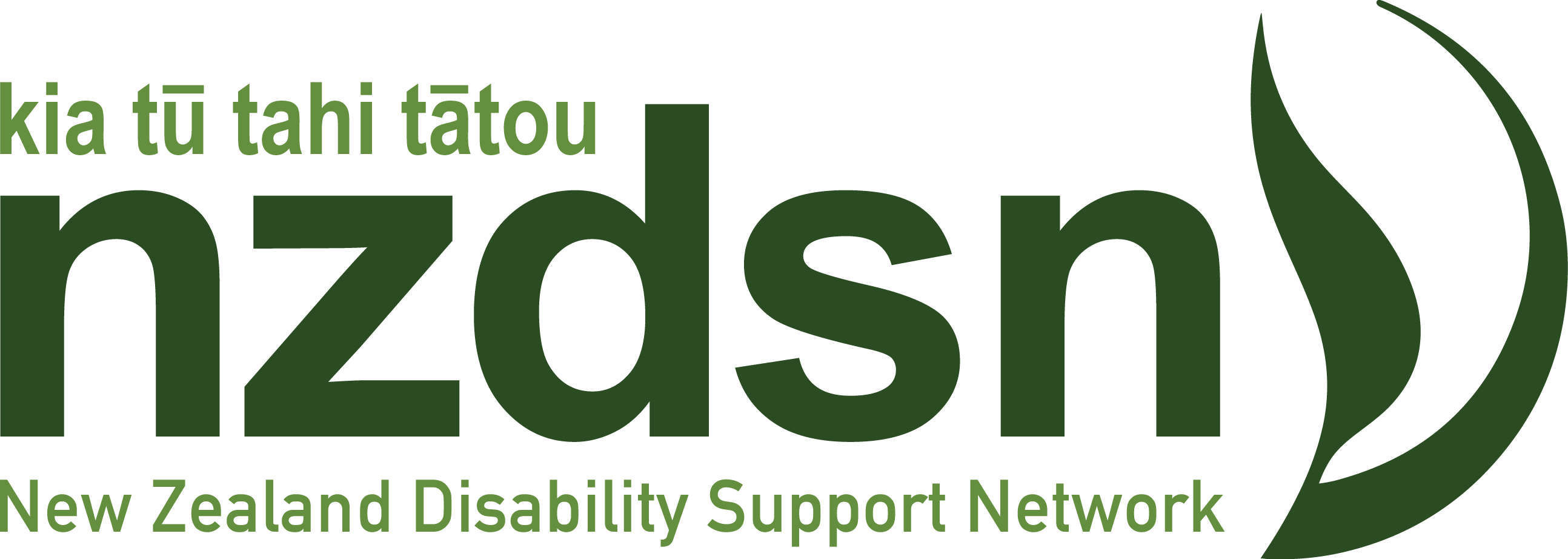New Zealand’s population over the second half of 2023 grew at its fastest rate since 1946 putting our population at just over 5.3 million people.
The government has introduced changes to immigration settings with Finance Minister Nicola Willis saying the door has been open to too many low-skilled workers.
Minister Willis has been saying she doesn’t see the government being flush with cash. The economy shrank last quarter despite the super-hot immigration numbers adding demand for the year to December. New Zealand gained 126,000 people with up to 60% of them living in Auckland.
Paul Spoonley, Massey University Sociologist, says that 70,000 were added to Auckland’s population in the last year and that puts pressure on roads, trains, houses, schools and health (and disability).
Dr Des Gorman (Auckland University Medicine Professor) says the system can’t cope.
To ease the pressure, should the migration tap be turned down?
New Zealand is not alone in dealing with the immigration balancing act. Last year Australia’s net migration figure was half a million and now they’re planning to slash that amount in half. This government is planning tweaks to who comes in on a work visa. Minister of Finance Willis is concerned that most of the migrants coming into New Zealand are very low skilled.
That balancing act considers the growth in the number of disabled people requiring support (generally funded by the government). It considers the increasing complexity of that growth. And it considers the increasing life expectancy for disabled people requiring support. Consider that growth in numbers alongside the decline in support workers, particularly those with the skills and training to meet the increased demand and complexity.
Increasing immigration numbers of low-skilled workers is not the solution to this vexed problem, but it is a factor to consider lessening the pressure on struggling support services while government and the sector explores more creative and permanent solutions.
A planned approach to using migration to ease that pressure is worth considering. Not open slather but planned and controlled. With a strategy that not only explores and defines the nature and shape of the disability workforce of the future but considers the supply and demand issues we face now and that are unlikely to go away until we do something about it.
Peter Reynolds
NZDSN CEO
March 2024
